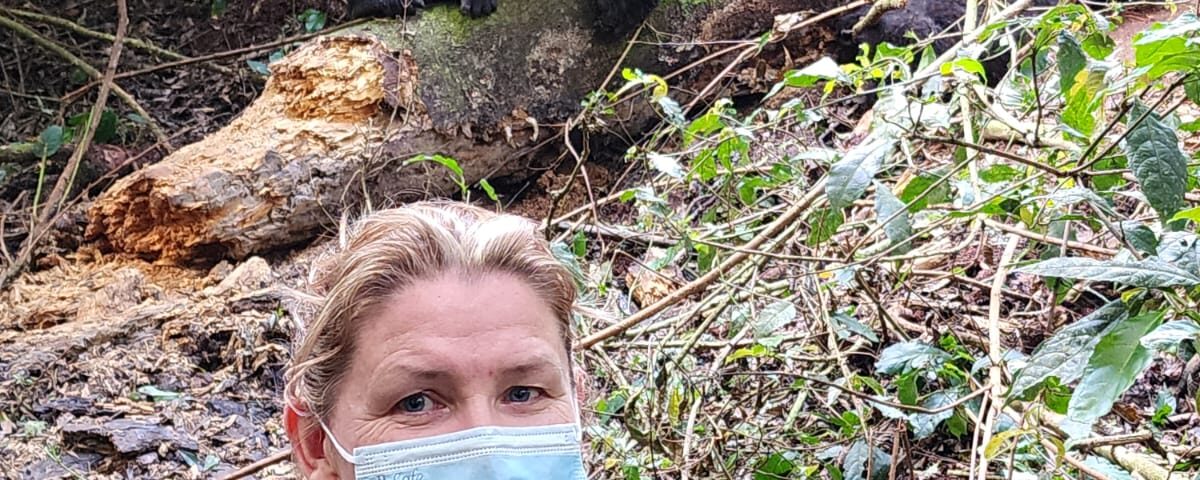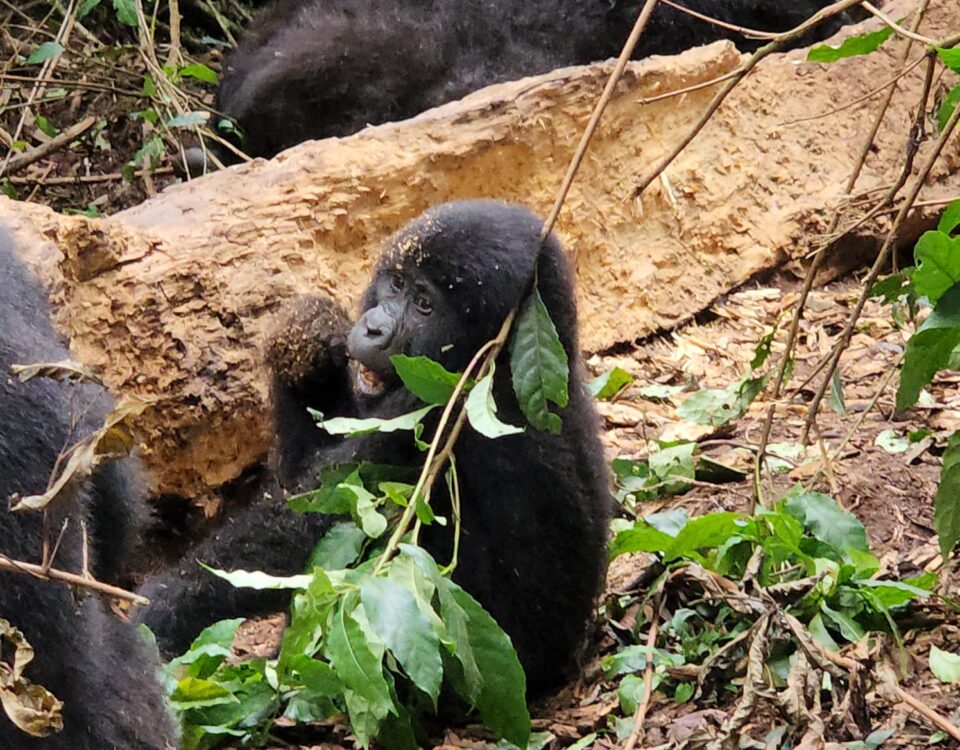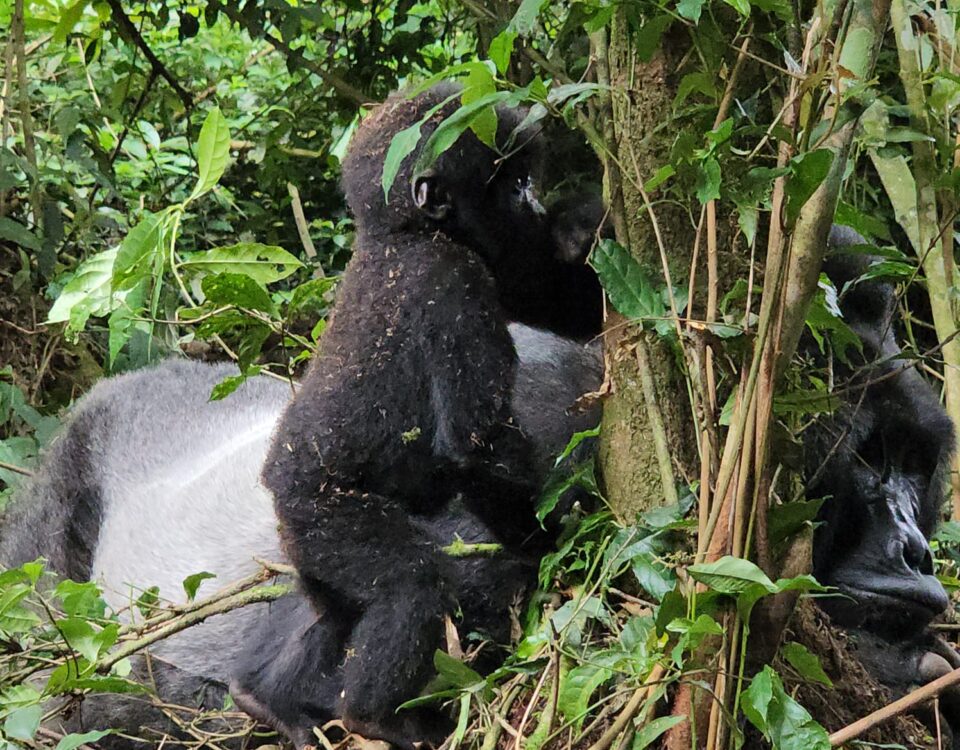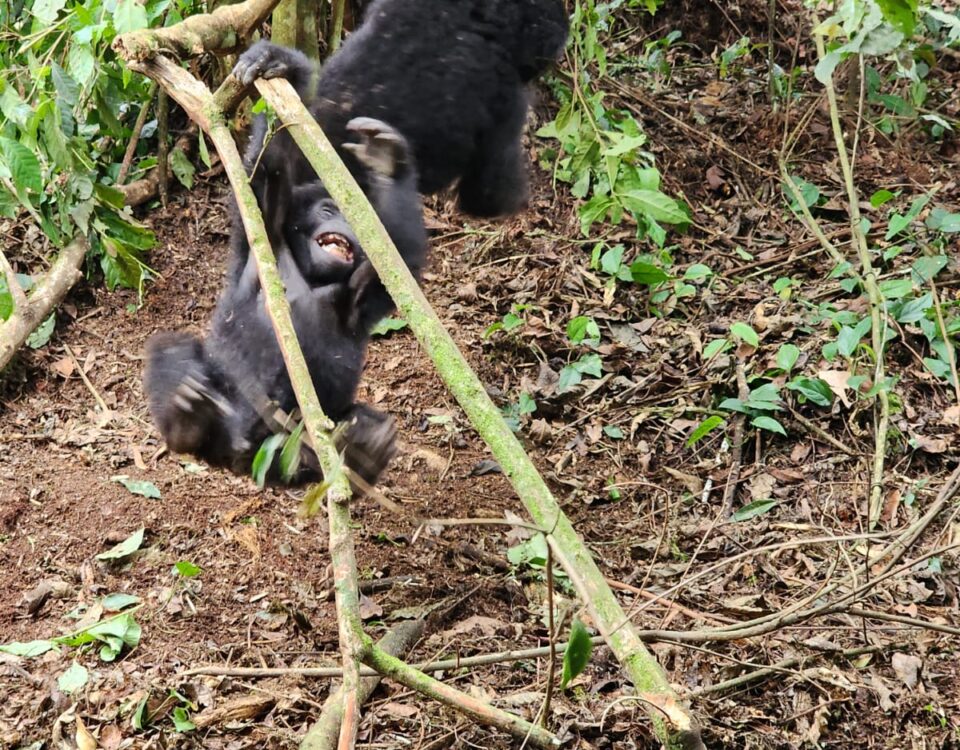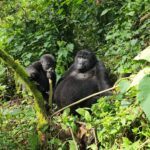
Where is Volcanoes National Park Located?
March 26, 2025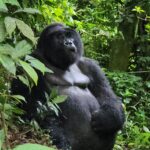
What Activities Can I Do in Volcanoes National Park?
March 26, 2025What is the Best Time to Visit Volcanoes National Park?
What is the Best Time to Visit Volcanoes National Park? Volcanoes National Park, located in the northwest region of Rwanda, is one of the most iconic and sought-after destinations for nature lovers and wildlife enthusiasts. Known primarily for its endangered mountain gorillas, this UNESCO World Heritage site is a haven for wildlife and adventure tourism. But what is the best time to visit Volcanoes National Park to get the most out of your experience? The answer depends on several factors, including weather conditions, your personal preferences, and the specific activities you want to engage in, such as gorilla trekking. In this article, we’ll take you through the ideal times to visit the park, providing insights into the weather patterns, activities, and cultural experiences that make different seasons unique.
Rwanda is often referred to as the “Land of a Thousand Hills” because of its lush landscapes, rolling hills, and beautiful mountain ranges, which can be experienced throughout the year. The main highlight of any trip to Volcanoes National Park is the opportunity to trek through the dense rainforests in search of mountain gorillas. The right timing can enhance your chances of a successful and memorable trek. Whether you’re looking for the best weather, fewer crowds, or a blend of both, understanding the different seasons will help you plan your visit accordingly.
Best Time for Gorilla Trekking in Volcanoes National Park
The prime time to visit Volcanoes National Park for gorilla trekking is during Rwanda’s dry seasons, which run from June to September and December to February. During these months, the weather is relatively dry and pleasant, which means the trails are easier to navigate, and the dense rainforest is less slippery. Dry conditions also make it more likely that trekkers will reach the gorillas without as much difficulty. This is the ideal time for travelers who are looking to embark on a physically demanding adventure through the park’s rugged terrain.
In the dry season, gorilla trekking permits are in high demand, so it’s important to book your permits well in advance to secure a spot. Because the weather conditions are favorable, many people choose to visit during these months, leading to a higher number of visitors in the park. While this means you may encounter more tourists, it also increases the likelihood of observing the gorillas in their natural habitat for a longer period of time, since the gorillas are more active during this season.
While these months offer the best conditions for gorilla trekking, they also coincide with Rwanda’s peak tourism season, meaning accommodation and services may be more expensive. It’s a trade-off between favorable weather and the bustling tourism environment.
Low Season for Fewer Crowds and Affordable Rates
If you prefer to visit Volcanoes National Park when it’s less crowded and you want to take advantage of lower rates, the rainy season from March to May is your best option. While it is the rainy season, the showers are often short and intermittent, meaning you can still trek through the park, though the trails can be more challenging. The landscape during this time is lush and vibrant, with the forest coming to life in a rich, green explosion. Though there is a higher chance of rain, it can still be a rewarding experience for the intrepid traveler.
During this period, accommodation rates are typically lower, and you can often find deals on travel packages. Fewer tourists visit the park during the rainy season, so you can enjoy a more peaceful and intimate experience. Gorilla trekking permits are also more readily available, which means you have a better chance of getting a permit for your preferred trekking dates. Additionally, the lower visitor numbers allow you to enjoy a quieter, more personal connection with nature and the gorillas.
However, the terrain will be more slippery, and trekking can be more physically demanding due to the wet conditions. It’s essential to be prepared with appropriate clothing and gear to stay comfortable and safe during your trek.
Cultural Experience to Complement Your Visit
Beyond gorilla trekking, Volcanoes National Park offers visitors a rich cultural experience that adds depth to your visit. The park is surrounded by local communities, including the Batwa people, who have lived in the area for centuries. The Batwa are an indigenous group with deep cultural ties to the forest and its wildlife. Before the park was established, the Batwa relied on the forest for their survival, and their knowledge of the land and its wildlife is vast and intimate.
Visitors can engage with the Batwa through cultural experiences that include traditional dances, storytelling, and demonstrations of their ancient skills. This cultural exchange provides visitors with a unique opportunity to learn about the Batwa’s history, lifestyle, and spiritual connection to the land. Many visitors find this cultural immersion to be as impactful as their gorilla trekking experience.
During the dry season, there are more organized cultural tours and performances, and you can learn about the Batwa’s traditional practices and ways of life. In contrast, during the rainy season, these experiences may be less frequent, but they can still be a significant highlight of your trip, depending on your timing and interest in local culture.
Weather Considerations for a Comfortable Visit
When planning your trip to Volcanoes National Park, it’s important to consider the weather, as it can greatly affect your trekking experience. Rwanda’s high altitude means that the weather is often cooler than you might expect for a tropical country, with temperatures ranging from 10°C (50°F) to 25°C (77°F) throughout the year. However, the weather can vary depending on the season.
During the dry months (June to September and December to February), temperatures are more moderate, and there is less rain. These months are ideal for trekking as the forest trails are less muddy, and the conditions are more favorable for wildlife watching. The temperature is also more comfortable for trekkers, with cool mornings and afternoons, making it easier to enjoy long walks in the park.
In contrast, during the rainy season (March to May), you can expect heavier downpours, especially in the afternoons, although rain showers are typically short-lived. Despite the rain, the park’s lush vegetation is at its most vibrant, offering beautiful photographic opportunities. If you don’t mind the rain and prefer a quieter, more affordable experience, the rainy season might be right for you.
Conclusion: Finding the Right Time for Your Adventure
In conclusion, the best time to visit Volcanoes National Park depends on your personal preferences and the kind of experience you’re seeking. If your primary goal is to embark on a successful and comfortable gorilla trek, the dry seasons from June to September and December to February are ideal, as the weather is more predictable and the trekking conditions are favorable. However, if you prefer fewer crowds and more affordable rates, the rainy season from March to May may be the perfect time to visit, provided you’re prepared for wetter and more challenging conditions.
Regardless of when you visit, Volcanoes National Park offers a world-class experience that combines wildlife, stunning landscapes, and cultural immersion. It is a destination that captivates every visitor, offering the chance to witness one of the world’s most incredible conservation success stories.

